SILVER SULFADIAZINE - TOPICAL
PHONETIC PRONUNCIATION: (SIL-ver SIL-fa-DYE-a-zeen)
COMMON BRAND NAME(S): Silvadene
GENERIC NAME(S): silver sulfadiazine
Uses
USES: This medication is used with other treatments to help prevent and treat wound infections in patients with serious burns. Silver sulfadiazine works by stopping the growth of bacteria that may infect an open wound. This helps to decrease the risk of the bacteria spreading to surrounding skin, or to the blood where it can cause a serious blood infection (sepsis). Silver sulfadiazine belongs to a class of drugs known as sulfa antibiotics. Silver sulfadiazine must not be used on premature babies or on newborns during the first 2 months of life because of the risk of serious side effects.
How to use SILVER SULFADIAZINE - TOPICAL
HOW TO USE: This medication is for use on the skin only. Avoid using this medication around your eyes unless directed to do so by your doctor. Your health care professional will clean and remove the dead tissue from the wound to help the healing process. Apply this medication to the wound using sterile technique (such as wearing sterile gloves and using sterile application tools), as directed by your doctor, usually 1 to 2 times daily. The layer of medication should be about one-sixteenth of an inch (1-2 millimeters) thick or as directed. The wound should be covered with the cream at all times. Dressings may be applied over the cream, but only if needed. If some of the cream rubs off the wound, reapply it immediately. The cream should also be reapplied immediately after hydrotherapy. Treatment usually continues until the wound is completely healed or until the site is ready for skin grafting. Use this medication regularly to get the most benefit from it. To help you remember, use it at the same time(s) each day. Tell your doctor if your condition persists or if it worsens.
Side Effects
Precautions
Interactions
Overdose
Images
Reviews
Disclaimer
IMPORTANT: HOW TO USE THIS INFORMATION: This is a summary and does NOT have all possible information about this product. This information does not assure that this product is safe, effective, or appropriate for you. This information is not individual medical advice and does not substitute for the advice of your health care professional. Always ask your health care professional for complete information about this product and your specific health needs.
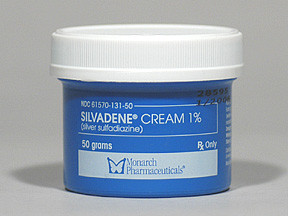
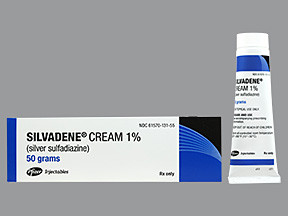
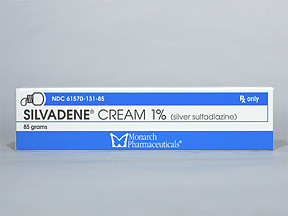
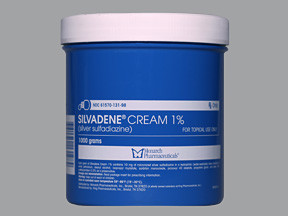

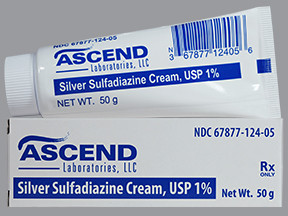
No Reviews Yet